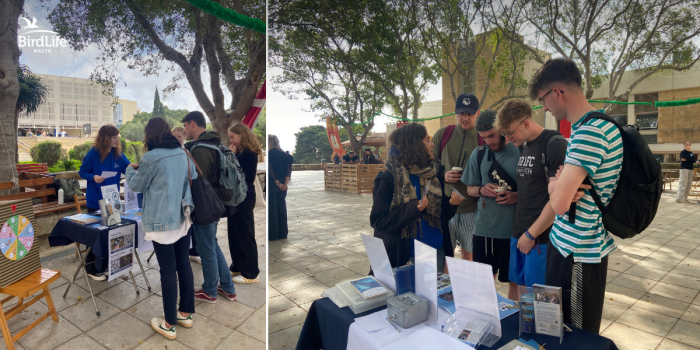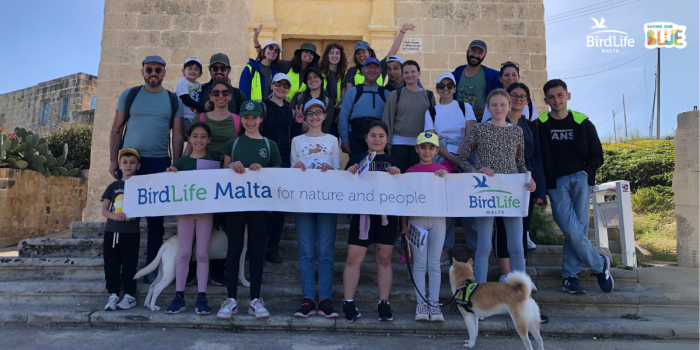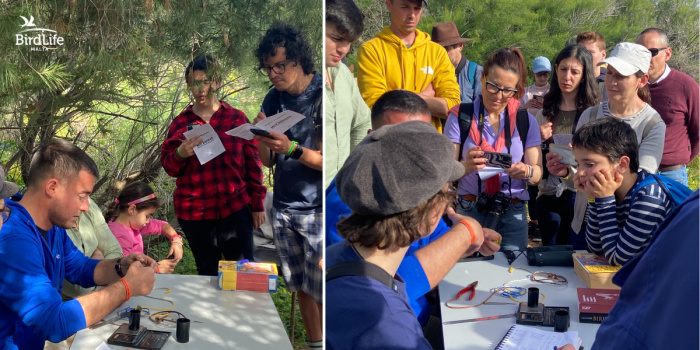On the frontlines is our monthly newsletter section covering the activities of BirdLife Malta’s conservation, policy, nature reserve (Salina, Simar, Għadira and Foresta 2000), seabird and public engagement teams, together with an update about rare and scarce bird species observed.

Spring Watch 2025
With peak migration drawing to a close, we’re proud to share some outcomes of our Spring Watch Camp — an intensive, island-wide anti-poaching effort that united our conservation team, residents, bird-watching groups, and 13 international volunteers.
Over the past month, we patrolled Malta according to migration routes and known hunting hotspots, reporting illegal activity to the Environment Protection Unit (EPU). From electronic callers that disrupt natural bird behaviour, to shooting at protected birds, to the extensive hunting of European Turtle-doves before the opening of the season, in just 20 days, we documented a worrying amount of illegal incidents that underscores how vulnerable birds are while migrating over Malta. Despite the EPU’s dedication, their limited resources meant not every case led to apprehensions or penalties, but with our presence in the fields, each day still made a difference.
With stronger police support and continued volunteer commitment, we can build on these efforts and offer even greater protection for Malta’s migratory birds next season. A big thank you to everyone who joined us and to all who stand against illegal hunting!
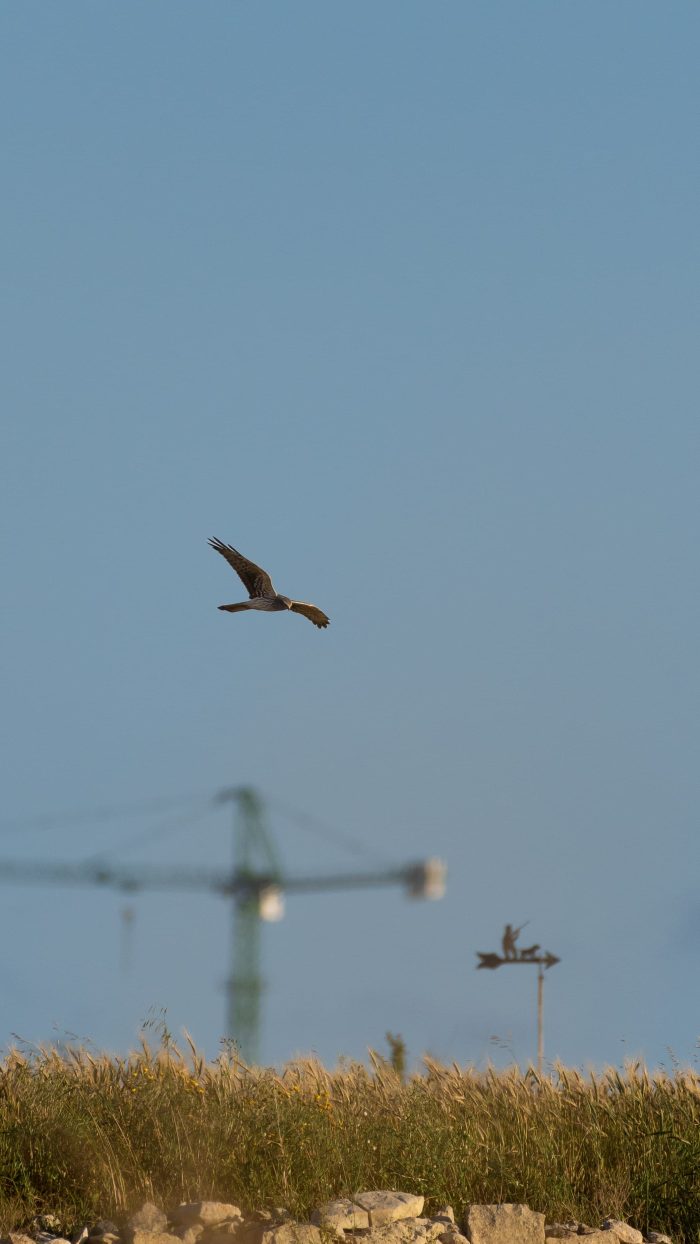
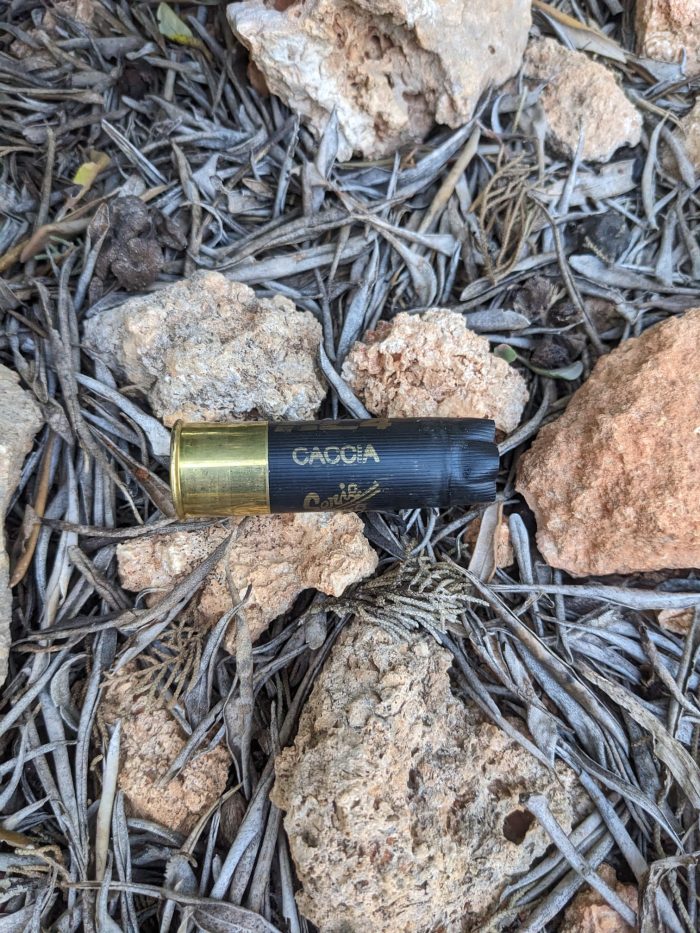
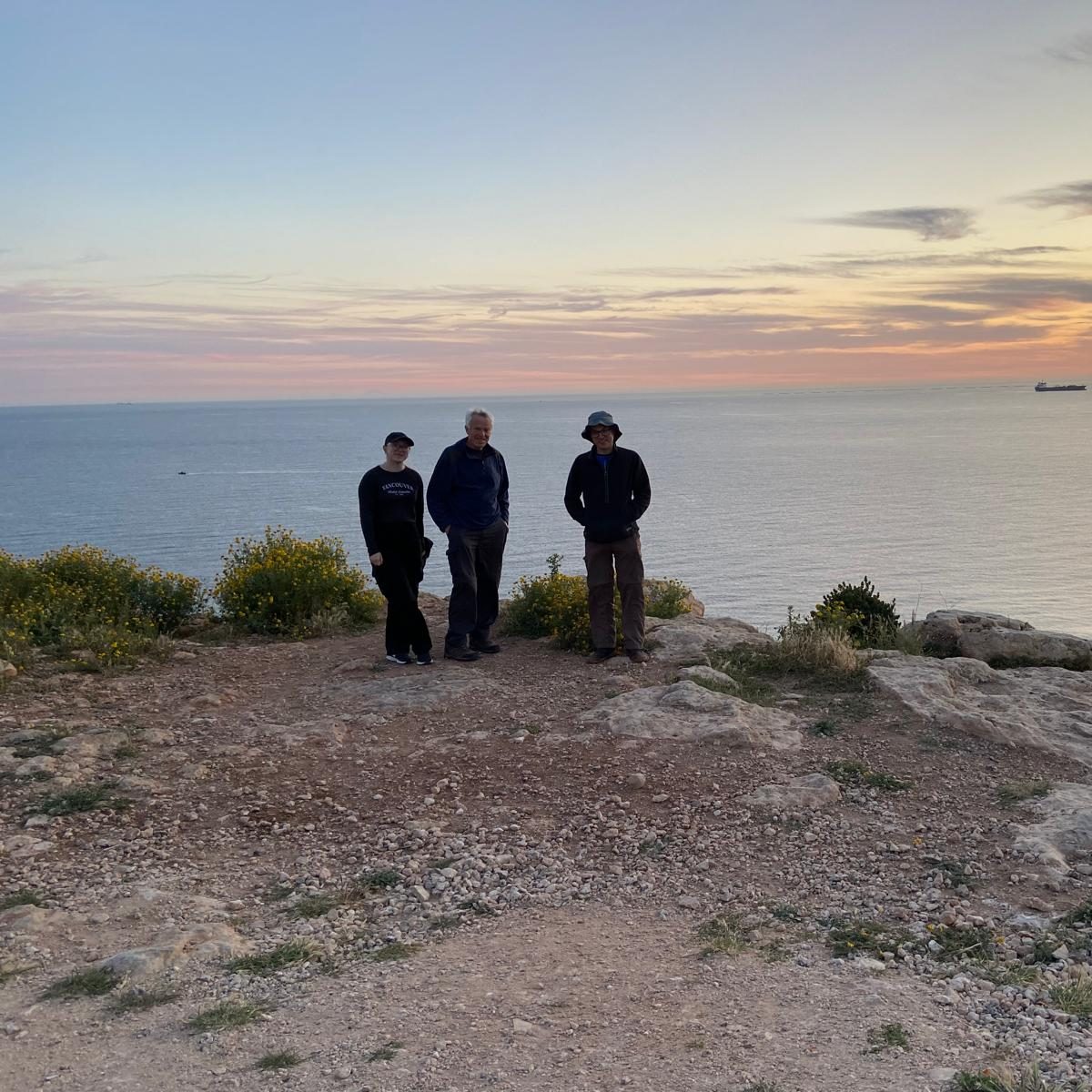
Jonni Price’s Unstoppable Dedication to BirdLife Malta
This spring, BirdLife Malta was fortunate to be joined by Jonni Price, an overseas volunteer currently on sabbatical from the Royal Society for the Protection of Birds. Jonni played a key role during our Spring Watch Camp. For two intense weeks, Jonni was on the front lines — rising early, spending long days in the field, and sleeping little. His commitment to protecting migratory birds was exceptional. But Jonni didn’t stop there.
On Sunday 27 April, he laced up his shoes and took on the Manchester Marathon, all in support of BirdLife Malta! Wearing our shirt and launching a fundraising campaign, Jonni not only crossed the finish line but also raised a significant amount to support our ongoing efforts.
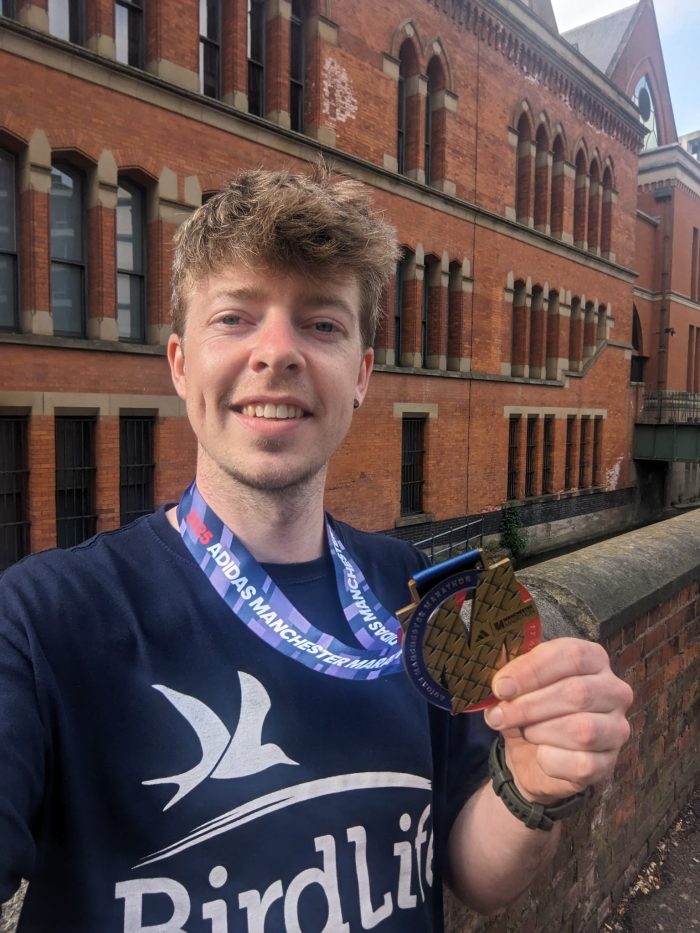
Reflecting on the experience, Jonni shared this on his fundraising page:
“While this experience has been unforgettable, I can’t say it’s been the ideal marathon training regime — long days in the field, early starts, and not much sleep don’t exactly make for a well-rested runner! But in the grand scheme of things, running 26.2 miles is nothing compared to the thousands of miles these birds travel — only to be shot for fun by criminals who treat migration season like target practice.”
We are indescribably grateful to Jonni for his dedication. He is an incredible human being and we were so lucky to have him here in Malta supporting us. His passion for nature is truly inspiring, and he truly deserves all of our love and support.
Photo: Jonni Price completing the Manchester Marathon in support of BirdLife Malta.
Rehabilitation and Releases
This past month brought a wave of activity with the arrival of spring migration and the opening of the spring hunting season. Our team responded to a high volume of calls, and we’re proud to share some of these successful stories.
Among the birds we recovered and released were a Common Little Bittern, a Common Quail, and a Eurasian Scops-owl. All of them had been grounded due to exhaustion or window collisions. After some much-needed care, these incredible travellers were healthy again and ready to continue their journey.
We also released a Spanish Sparrow and a female Blue Rock-thrush, who had likely been tending to chicks before the accident. Both had suffered collisions, but made excellent recoveries. Additionally, two Yellow-legged Gulls were successfully released at Mistra Bay.
Unfortunately, not all news is positive. We continue to see alarmingly high levels of hunting-related illegalities on the island, affecting both migratory and resident protected species. Over the past few weeks alone, we’ve dealt with approximately 20 confirmed cases of birds that were illegally shot. Tragically, the injuries were too severe to save any of them.
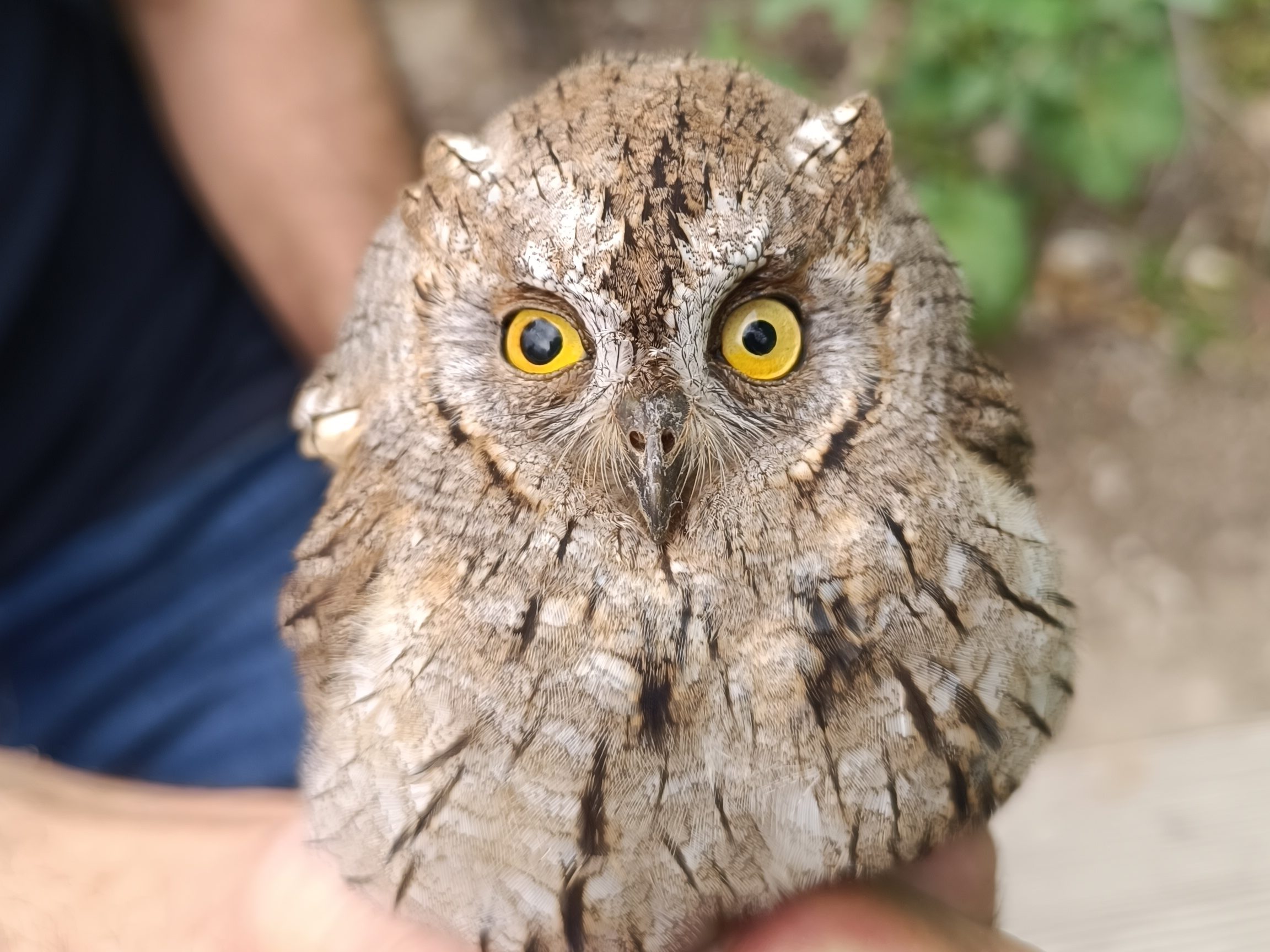

Ongoing Seabird Monitoring!
Our Seabird Team is actively engaged in the field. Since January, we’ve already spent over 60 days monitoring seabird colonies along the cliffs of the Maltese islets, covering more than 25 sites across eight Natura 2000 areas. Currently, over 25 trail cameras are set up to keep a close watch on seabird breeding activities. These cameras also play a crucial role in detecting threats like invasive alien species.
Furthermore, the breeding season for Yellow-legged Gulls is now officially underway! For the newly discovered colony, first noted in 2018 (Crymble et al. 2020), an exciting and bustling season is in progress. We have already begun monitoring the colonies, counting eggs, chicks, and nest numbers to help ensure a successful breeding season.
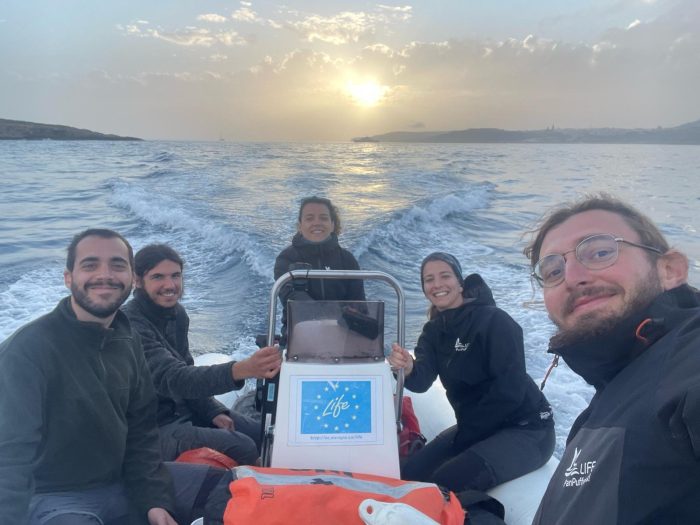
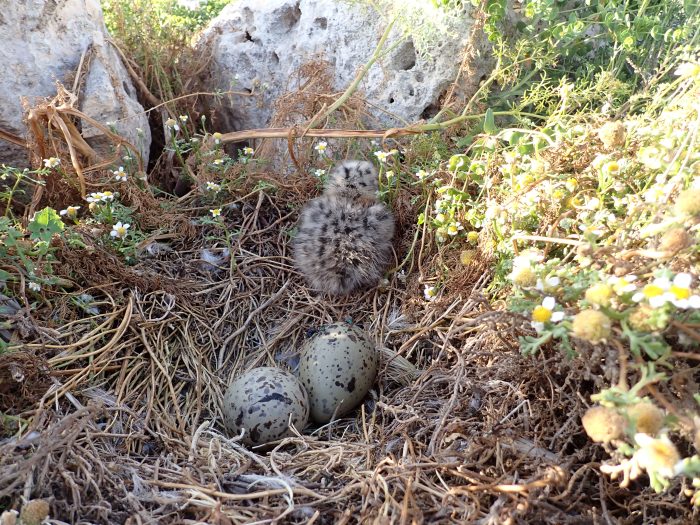
Rat Control: A Key Conservation Effort
One of our top priorities right now is rat control — a crucial measure for the welfare of Yelkouan Shearwater colonies, such as the one at Rdum tal-Madonna. Without BirdLife Malta’s dedicated efforts they would not be thriving as much as they currently do. Research has shown that without rat control these population can rapidly decline, even to the point of large reproductive failure (Lago et al, 2019). That’s why, since 2007, we’ve been actively implementing targeted rat control measures. Our team is currently monitoring over 35 Goodnature kill traps and more than 250 bait stations containing rodenticide around the Maltese archipelago. These are checked every 4 to 14 days, between February and July, resulting in over 30 field visits already done during this season.
A Critical Time for Yelkouan Shearwaters
Our ongoing efforts are focused on protecting our beloved Garnija — the Yelkouan Shearwater — true sentinel of the sea. These birds are currently in one of the most delicate and energy-demanding stages of their breeding cycle: the end of incubation, as their eggs begin to hatch! So far, the team has completed its first nest monitoring round, recording over 110 adults in incubation posture at nest sites. While not every nest may hatch successfully, we remain hopeful for these seabird parents and their chicks.
During the last 2 weeks of April, we also begun our Capture-Mark-Recapture work. This involves abseiling at night — when the moonlight is minimal — into the caves where we monitor the colonies of Yelkouan Shearwaters. Our aim there is to catch, ring and release them. We split into small teams, each one paired with a licensed ringer, and we take our places in front of caves, cracks, or beneath mist nets carefully set up after sunset. After that, we wait. Sometimes, a bird will land right in front of our faces or even directly on our laps. Experienced breeders are usually in a rush, laser-focused on their parental duties, while “prospectors” — non-breeding individuals — flit in and out of caves throughout the night, curious, aimless, and often funnily fascinated by us.
We’re entering one of the most exciting phases of our season, and we’ll keep you updated with the latest from the cliffs and the open sea!
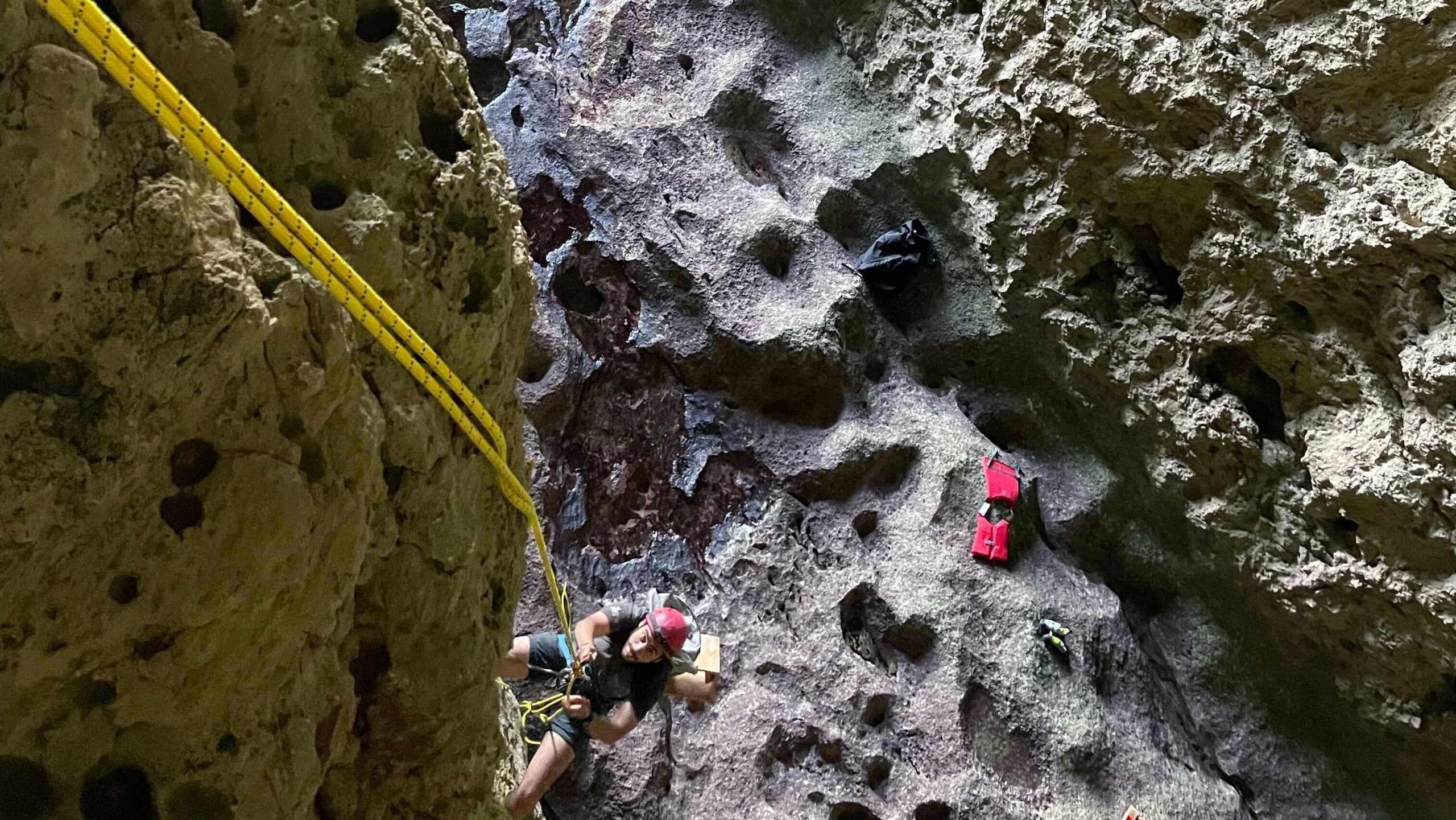
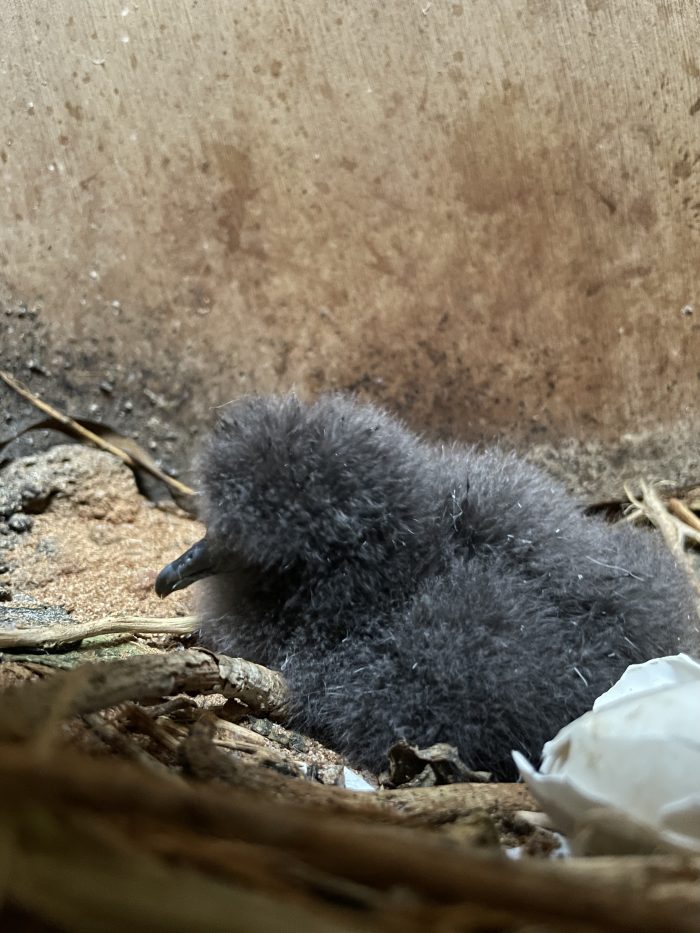
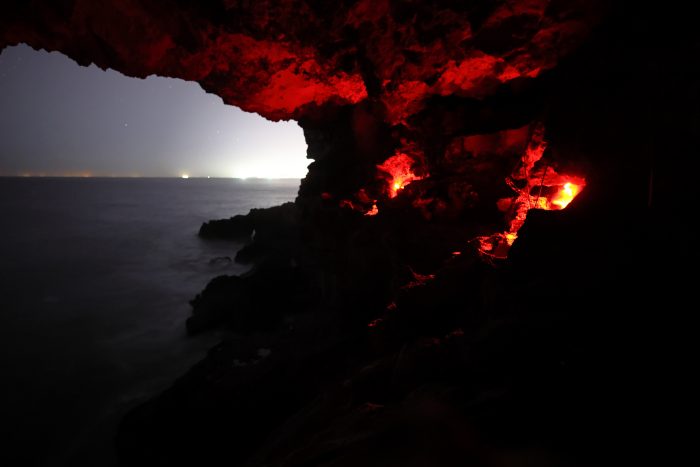
– Crymble, J., Austad, M., Cachia, D., Borg, J. J., Galea, R., & Mallia, M. (2020). New breeding sites of Yellow-legged Gull around the Maltese Islands.
– Lago, P., Cabello, J. S., & Varnham, K. (2019). Long term rodent control in Rdum tal-Madonna yelkouan shearwater colony. Island invasives: scaling up to meet the challenge, (62), 196.
Follow our LIFE PanPuffinus! project on our website and social media!

BirdLife Malta’s Recommendations on the Permanent Tuna Farm Proposal (PA/05908/23 & EA/00007/18)
BirdLife Malta provided feedback to the environmental assessments for the proposed conversion from a temporary to a permanent tuna farming area, five kilometres off the northeast coast of Malta. With the proposed tuna farm located near several marine protected areas and critical seabird habitats – such as the Yelkouan Shearwater colonies at Rdum tal-Madonna and Selmunett – BirdLife Malta highlighted practical solutions to mitigate potential impacts on avifauna.
Key suggestions included implementing a robust seabird monitoring programme, improved reporting of bird interactions, and the adoption of bird-friendly lighting (preferably red or warm yellow) to reduce disorientation and collision risks. We also proposed staff training in bird rescue and handling, as well as better net maintenance to prevent entanglements. Additional recommendations call for comprehensive assessments on oil-related risks, artificial lighting impacts, and the potential for tuna farms to act as ecological traps, particularly through altered diets or predator attraction. Regular and seasonal monitoring — especially during chick-rearing and fledging periods — was also stressed as vital.
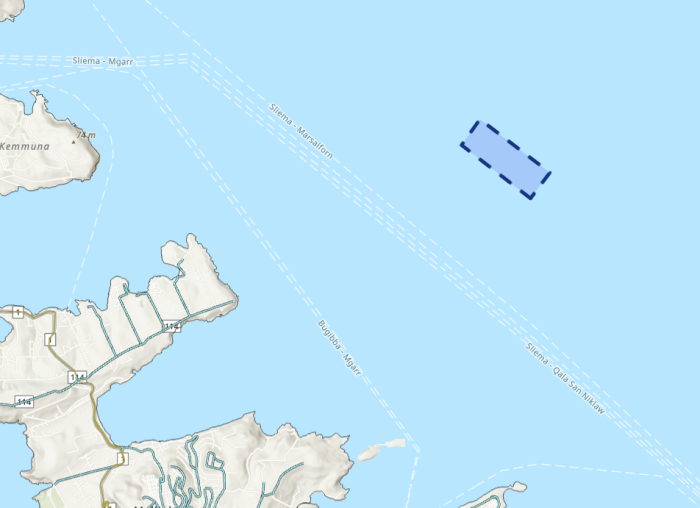
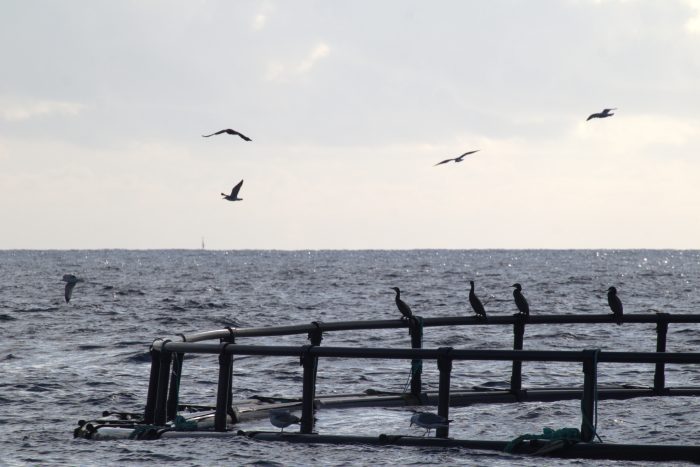
To ensure accountability, BirdLife Malta encouraged that all mitigation and compensatory measures be integrated as formal permit conditions. We also advocated for planning gains to support conservation initiatives led by environmental NGOs. Such efforts, grounded in collaboration and science, aim to protect Malta’s seabirds while supporting responsible aquaculture development. With proper safeguards and proactive management, it is possible to achieve a sustainable balance between industry and nature.

Salina Nature Reserve
Sightings
The sunny month of April at Salina Nature Reserve was busy and productive, with plenty of visitors and birds enjoying the Salina saltpans. Among the more notable avian visitors were Eurasian Spoonbills, Grey Plovers, Black-winged Stilts, Grey Herons and a Curlew Sandpiper. The Little Ringed Plovers have made pebble island habitats their temporary homes, eagerly safeguarding their nests. Much like on the ground, the skies over Salina were also lively, with Purple Herons and European Bee-eaters treating observers to colourful flybys.
Works
The Salina team also kept busy, carrying out its work on the walking paths and the important wetland area, while also hosting fun and educational events. Construction on the new path leading to the photography hide is nearing completion, making this popular spot more easily accessible. General maintenance work is always ongoing, as staff and volunteers are making sure the reserve looks better than ever. Furthermore, visitors can now also purchase cold drinks at the visitor centre and try out our new virtual reality headset!
Organized tours of the reserve are requested more frequently, thanks to the growing popularity of Salina Nature Reserve among both local and foreign visitors. In addiction to birdwatching tours and group visits to our Salt Museum, the reserve recently hosted a fun birthday party for one of your young bird enthusiasts! With more birthday parties and celebrations coming up, fun and laughter are sure to continue at Salina. Make sure to visit soon and experience all our fun new additions for yourself!
Għadira Nature Reserve
Sightings
Spring migrants were recorded daily with a variety of passerines observed. Yellow Wagtails, Tree Pipits, Sedge Warblers, Willow Warblers and Wood Warblers were among the most frequently recorded species, though only in small numbers. Other scarcer species, such as Eurasian Wrynecks and Subalpine Warblers, were also noted. A notable absence of Barn Swallows, Northern House Martins and Collared Sand Martins was observed, with only a few spotted daily. Heron species recorded this month included Grey Herons, Purple Herons and Squacco Herons.
Wader species were present in minimal numbers, including Wood Sandpipers, Common Greenshanks and Little Stints. Four pairs of Little Ringed Plovers were nesting at the reserve, with one pair successfully hatching three chicks during the last week of April.
A pair of Black-winged Stilts exhibited territorial behaviour from mid-month onwards, although no nesting site was chosen yet.
Rarities seen in April included a Glossy Ibis on April 1st and an Osprey was noted hovering over the reserve. A Lesser Whitethroat was ringed on April 4th. A few European Honey-buzzards were also seen on April 23rd and April 24th.
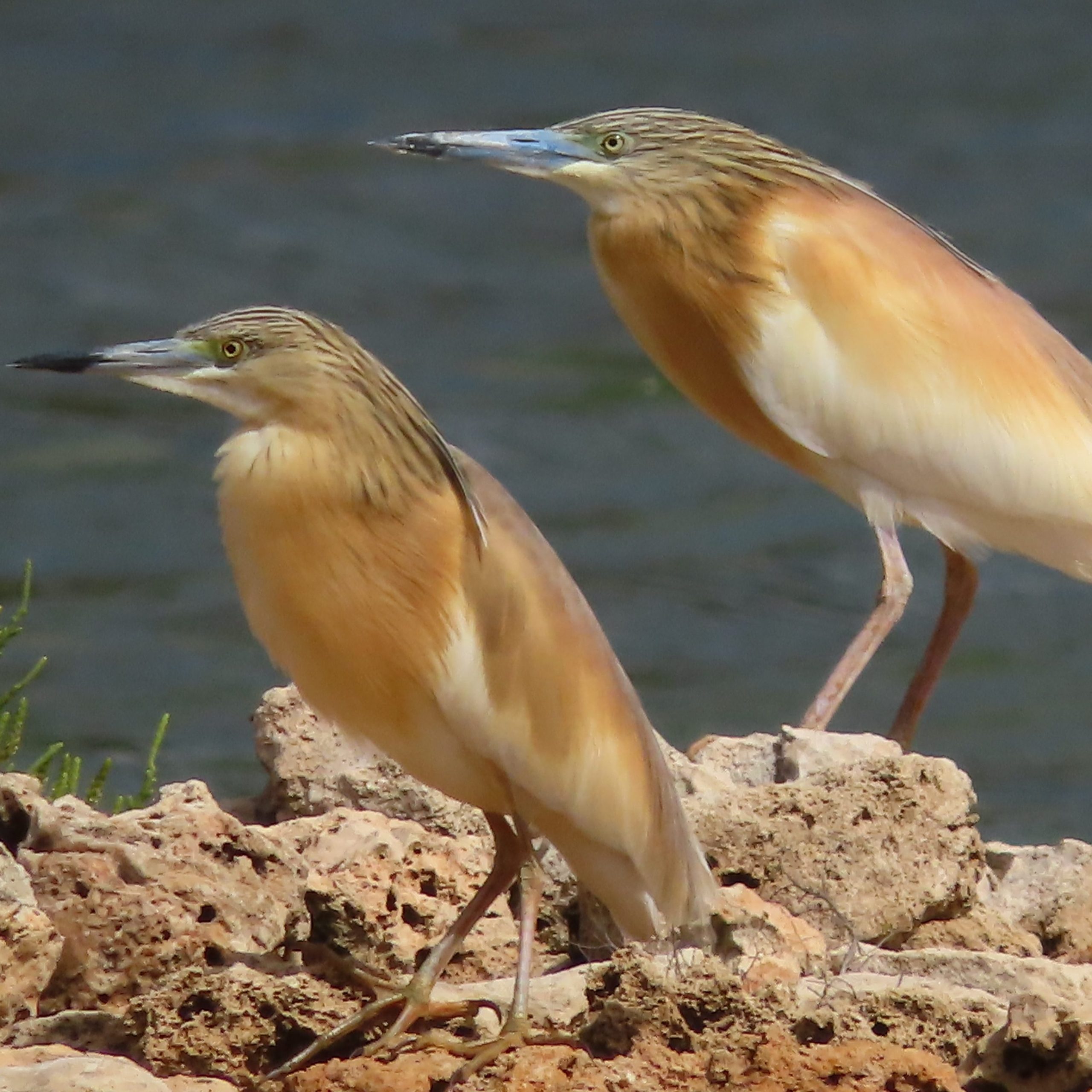
Squacco Herons
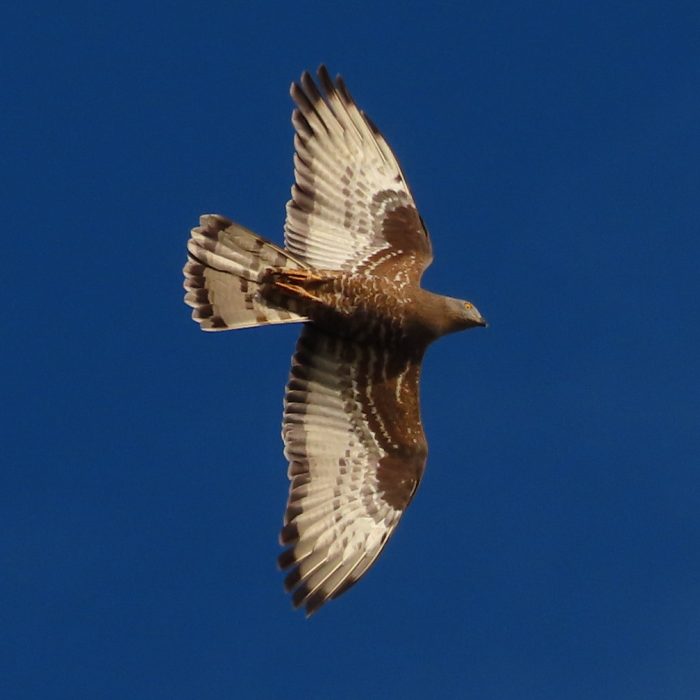
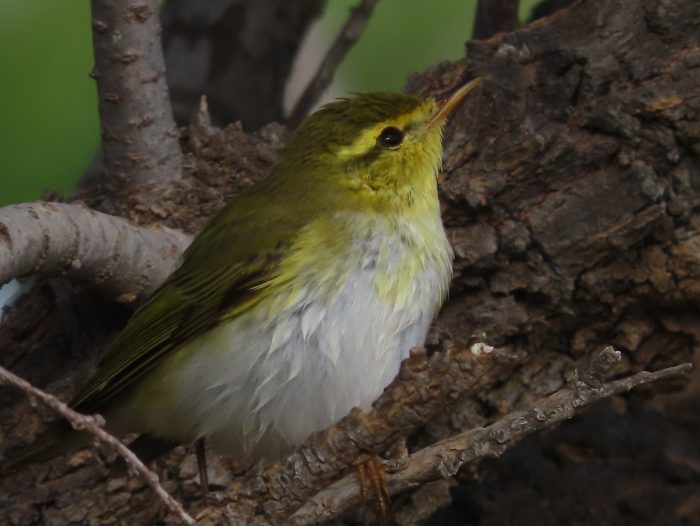
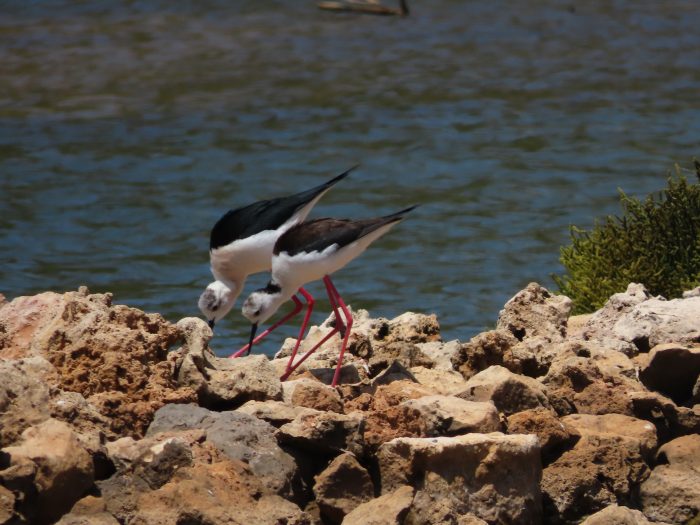
Simar Nature Reserve
Sightings
This month is regarded as the peak migration period, as the majority of Western Palearctic birds return to Europe after spending several months in sub-Saharan Africa. Different species are attracted to the wetland habitat at Simar Nature Reserve, and most of them spend numerous days in there, resting and feeding.
Many elusive and rare birds have visited Simar throughout the years, but the highlight of this year was certainly the presence of an Aquatic Warbler, which was in our reserve during the first week of April. The Aquatic Warbler is one of the rarest and most endangered species in Europe, as its population is declining rapidly. This is the first time that this bird has ever been recorded in our nature reserves, and we were able to ring it during one of the ringing sessions held in Simar. This emphasizes the reserve’s growing importance, as it can host such endangered species.
Several other birds were present, including some very elusive ones such as Savi’s Warblers. We also encountered a good amount of Sedge Warblers, Great Reed-warblers and Wood Warblers. Present in lower numbers but equally important were ollared Flycatchers, European Pied Flycatchers, Willow Warblers, and Common Redstarts. Several birds of prey were also often seen hunting within the reserve or in the surrounding area. Western Marsh-harriers were quite frequent as well as a Black Kite and a few Lesser Kestrels. European Bee-eaters were quite regular, as well as Common Cuckoos and European Turtle-doves. Breeding birds were very active, with fledged Sardinian Warblers and Zitting Cisticolas confirming a successful breeding season. A pair of Common Coots, nesting in a secluded part of the reedbed, was still undergoing incubation.
The main wetland is equally beneficial to other species, including waders and herons. Common Sandpipers were the most common waders, while a few Purple Herons were present throughout most of the month. Squacco Herons arrived during the latter part of April, while a Grey Heron was present during its first weeks. Wild ducks are rather unusual at this time of year, but a male Garganey spent a few days in the reserve as well.
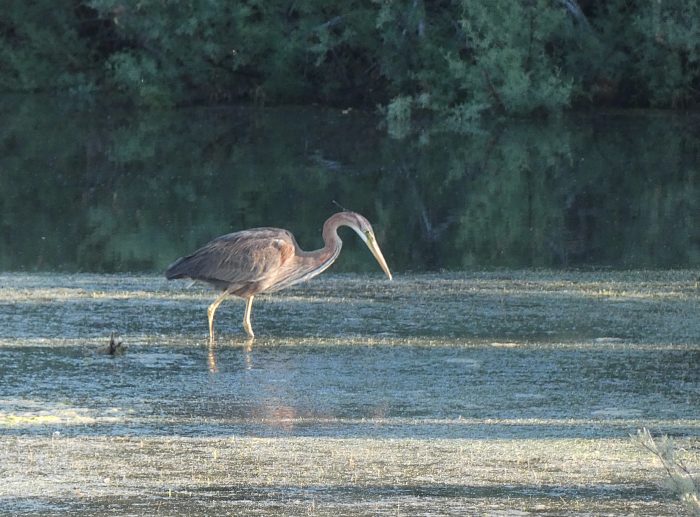
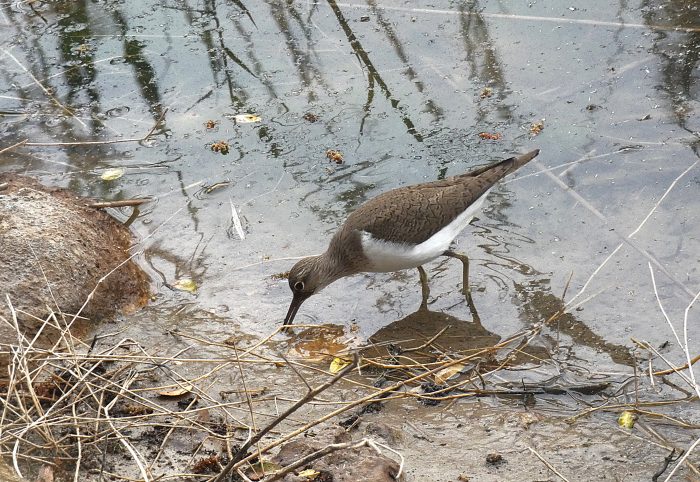
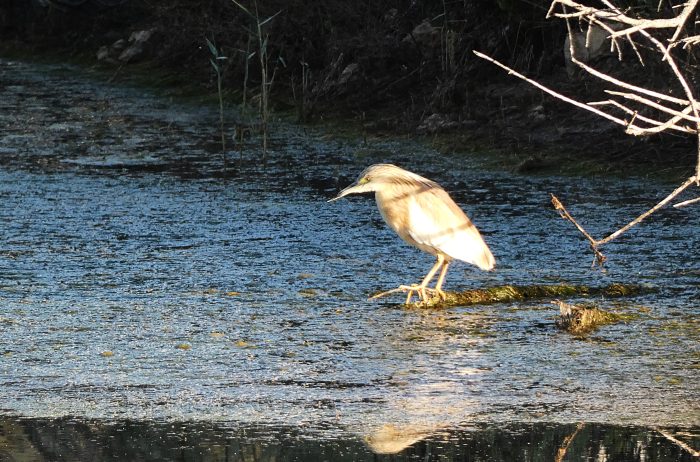
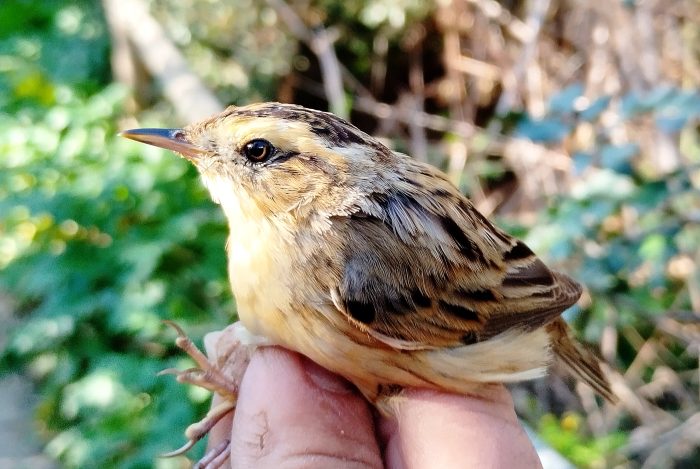
Foresta 2000
Sightings
April has been a lively and colourful month at Foresta 2000, full of activity as spring migration carried on in full swing. The reserve hosted a wide variety of birds, insects, and blooming plants, with nature truly at its most vibrant!
In the skies, we witnessed the steady return and passage of migratory birds. Barn Swallows, Northern House Martins, and Common Swifts were seen sweeping over the canopy and open spaces. A particularly special visitor this month was the Subalpine Warbler, while the constant singing of the Blue Rock-thrush echoed across the cliffs and garigue, reminding us of its presence. Black-crowned Night-herons found refuge in the pine grove – a perfect shady spot to hide during the day! Visitors walking along the trails also had the opportunity to enjoy the beautiful song of Common Nightingales throughout the reserve.
Among the raptors, we recorded the presence of Western Marsh-harriers and flocks of European Honey-buzzards, drifting across the sky during as they drifted northward. The air was also filled with the vibrant colours and calls of Bee-eaters, while Wood Warblers, Common Redstarts, Garden Warblers, and even the striking Eurasian Golden Orioles joined the chorus of spring. Spotted Flycatchers, Collared Flycatchers and European Pied Flycatchers were also seen performing their agile hunting flights from tree branches.
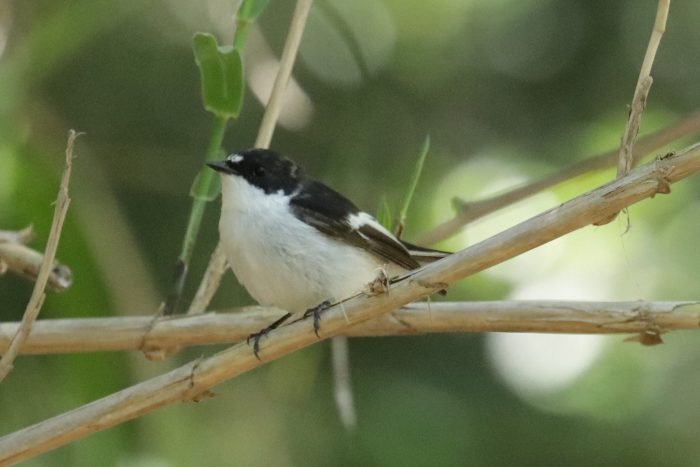
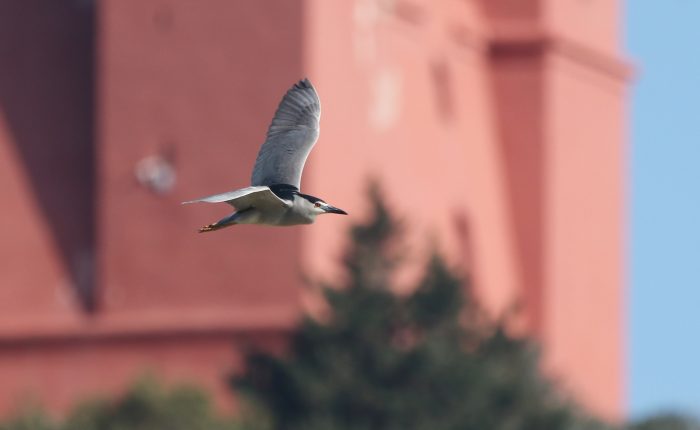
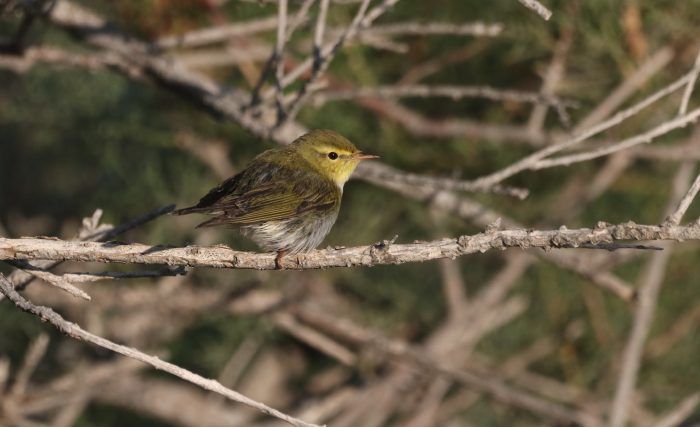
On the ground, skinks were plentiful, basking in the sun along trails and rocks. The rock pool, though beginning to dry out, still supported a diverse range of plant life. Across the reserve, the ground flora is starting to fade into more yellow tones, but blooms and scents persist thanks to late-season flowers such as Crown Daisies, Sullas, Mediterranean Thistles, and Wild Artichokes.
Insect life is also flourishing, with numerous dragonflies—most notably the majestic Blue Emperor—darting through the meadows and patrolling near the rock pool.
Foresta 2000 is also full of Pyramidal Orchids (Anacamptis pyramidalis). It’s a frequent species that typically flowers from May to June, so you will have a chance to see it during this month! It’s protected by law.
Anacamptis: from the Greek “anakamptein” which means to curve or bend behind or backwards, referring to the backwards bent bracts located at the base of the labellum. (Greek origin)
Pyramidalis: having a pyramidal shape, with reference to the arrangement of the flowers. (Latin origin)
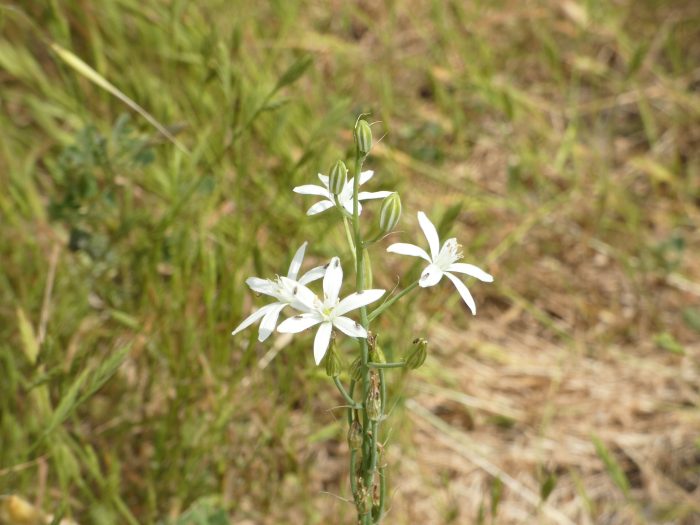
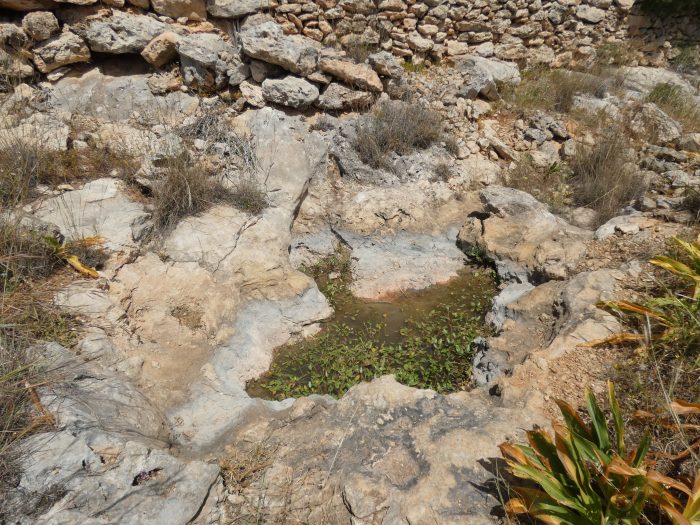
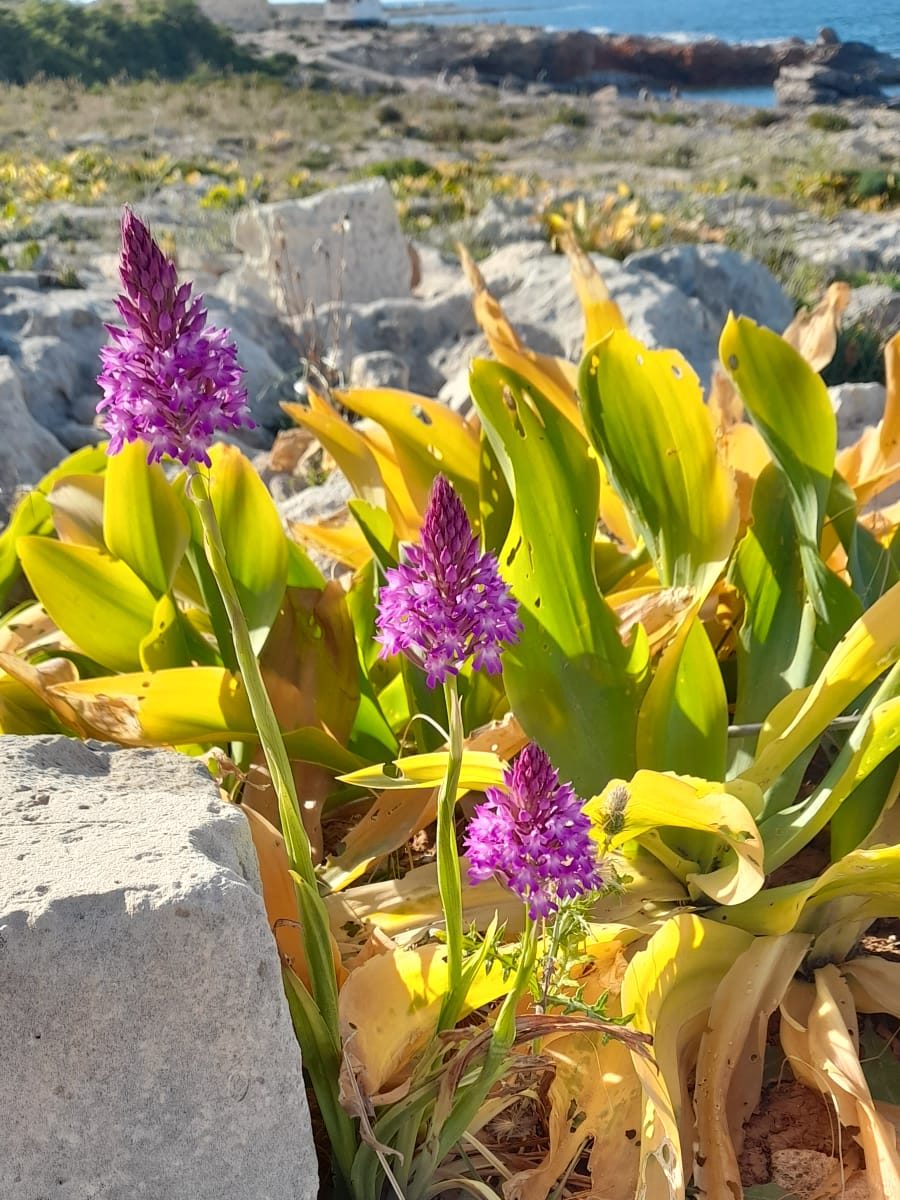
Works
This month, work included the installation of new signs and marked routes to enhance visitor guidance and environmental protection. In addition, path trimming was carried out to maintain clear walkways for visitors while protecting surrounding vegetation. Regular clean-ups also helped keep the reserve in top shape.
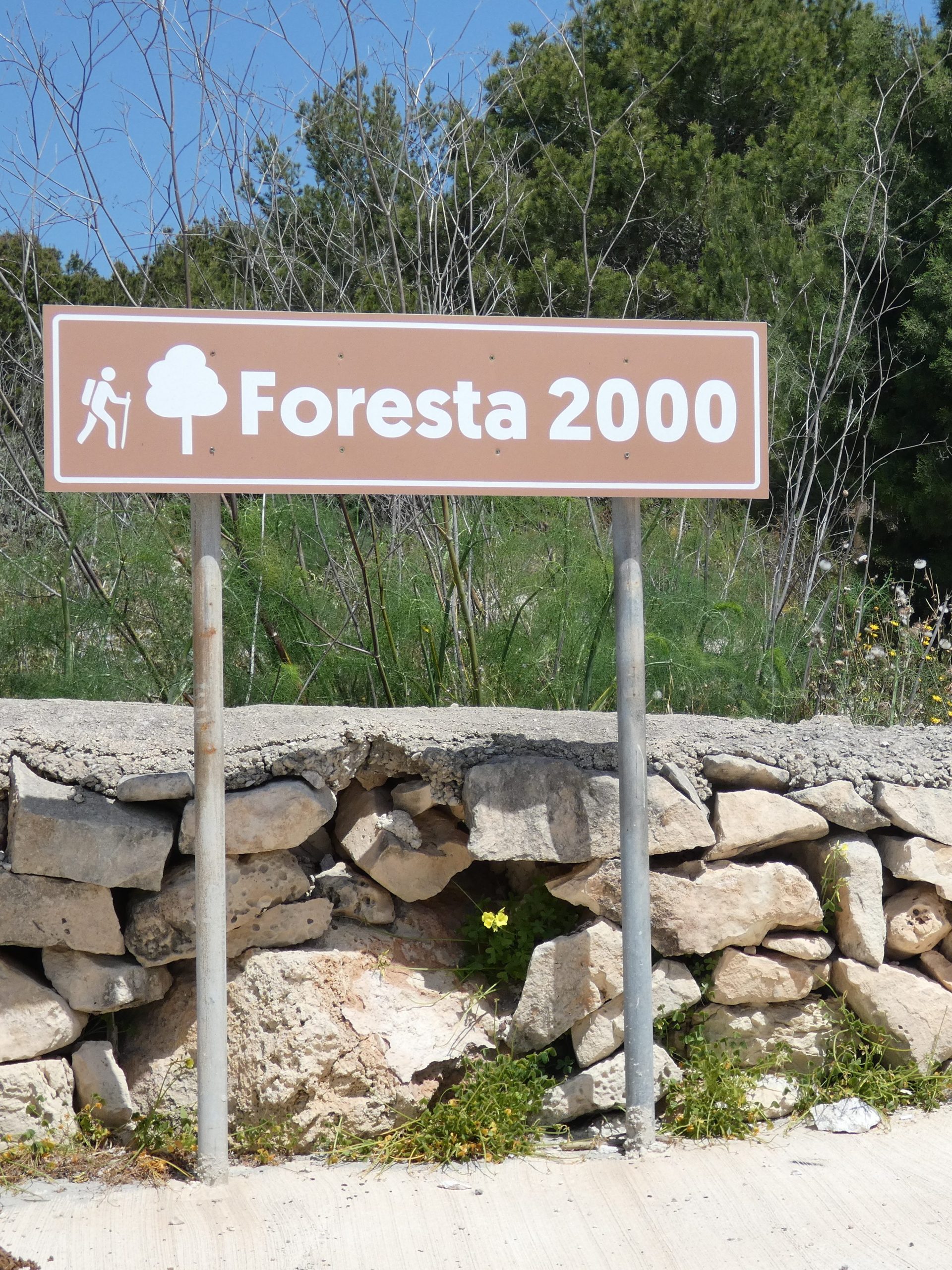
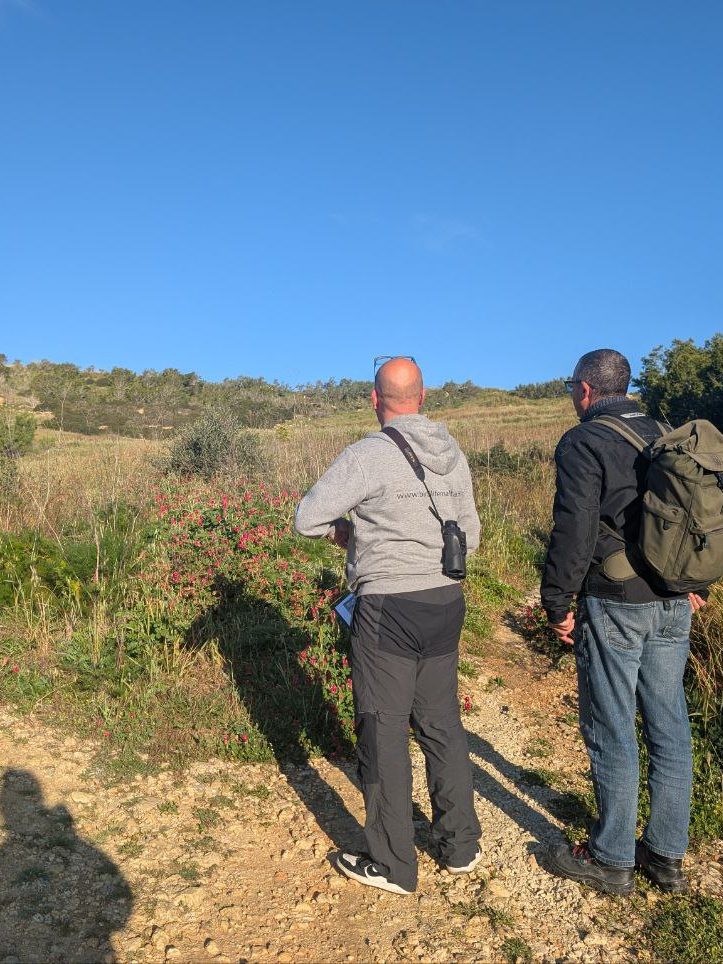
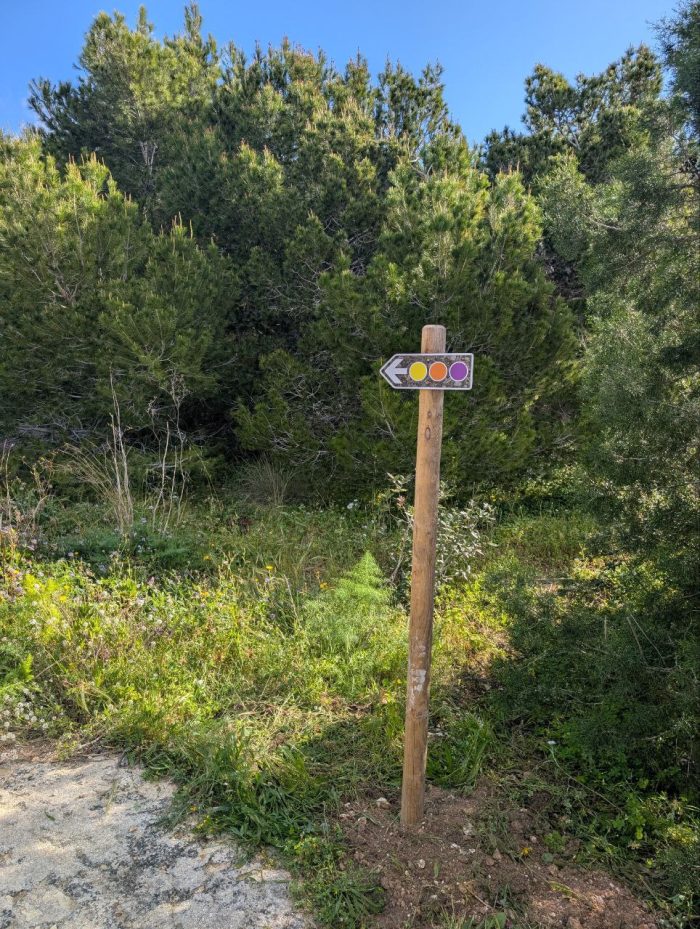
Visits
On the April 5, a group of Graduated Nature Guardians and their families enjoyed a guided botanical walk, “Flower Power”.
If your children are also interested in becoming part of the Nature Guardians community, check out our upcoming summer course “Nature Guardians Summer Course 2025: Summer, Nature, Fun, and Adventure!“.
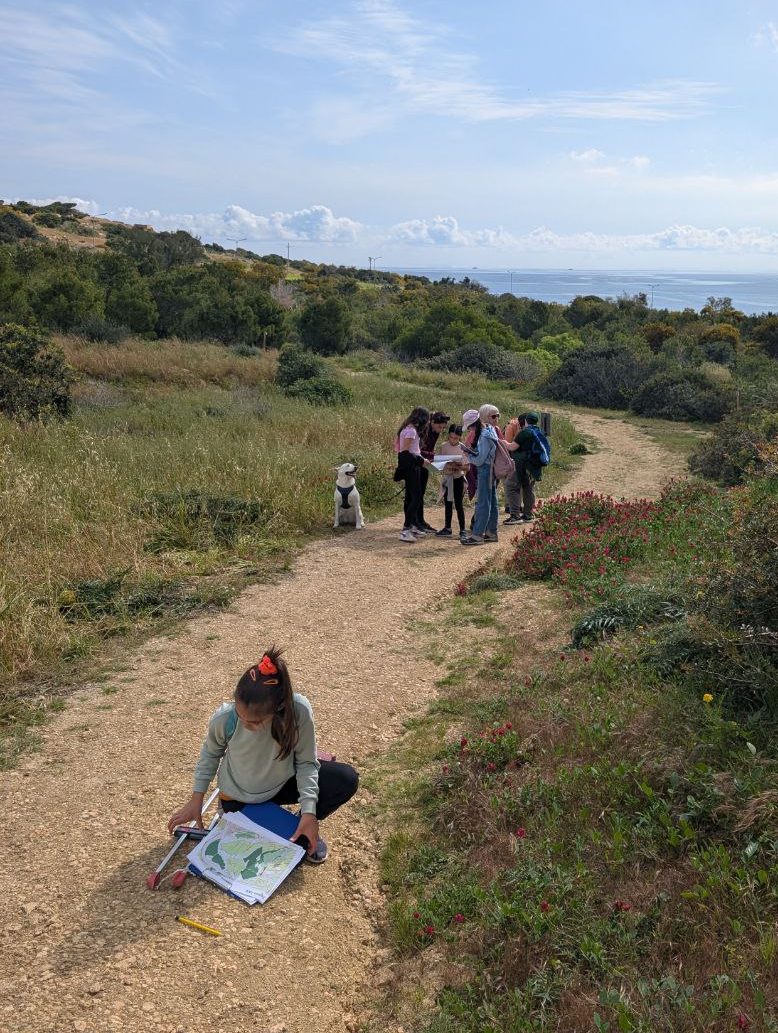
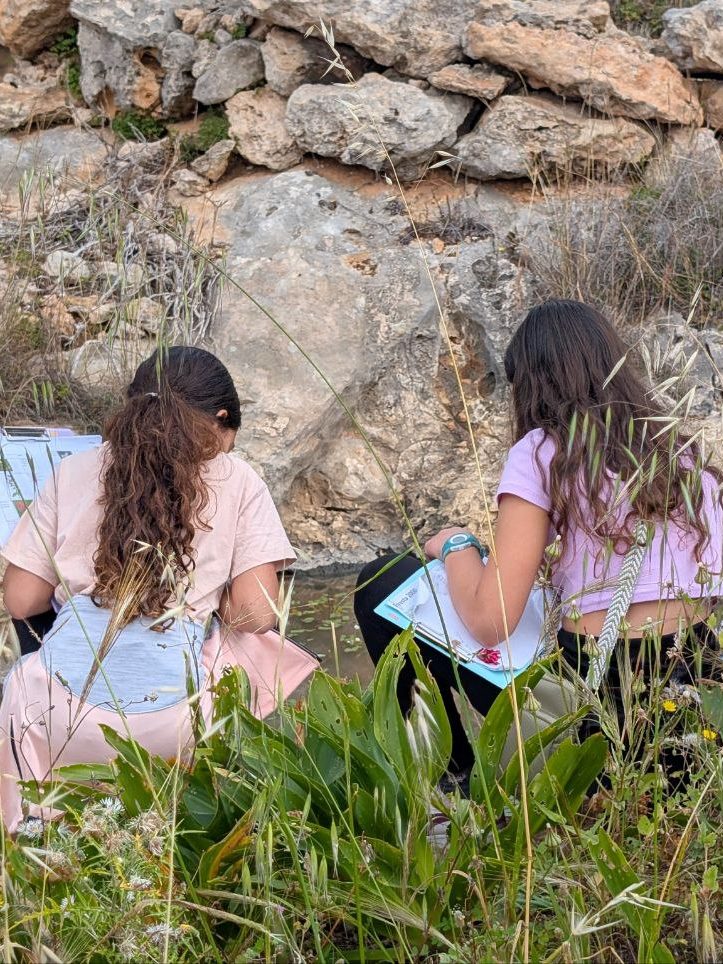

Aquatic Warbler Returns After 100 Years
The Aquatic Warbler (Bufula tal-Bwar) is a rare passerine bird at risk of extinction. Aside from a small remnant population in Western Siberia, it breeds exclusively in Europe, with core areas in Poland, Belarus, and Ukraine. The breeding population is estimated at 8,000 singing males and is listed as Vulnerable on the IUCN Red List. Its population is declining and it has disappeared from many former breeding sites. An estimated 95% of Aquatic Warblers have gone extinct over the past century due to ongoing habitat degradation. Major threats include agricultural drainage, floodplain damming, uncontrolled fires, and overgrown reedbeds.
This species is highly habitat-dependent, relying on large open fen mires or wet meadows — mesotrophic to slightly eutrophic wetlands dominated by sedges. Ideal conditions include water depths of 1-10 cm and vegetation shorter than 30 cm. In more eutrophic areas, the species depends on human management to maintain open habitats.
The Aquatic Warbler is medium-sized, with a distinctive whitish supercilium and crown stripe, brown streaked back, and pale underparts with variable streaking. It is insectivorous and highly promiscuous, with both sexes mating with multiple partners. Nests are built in low vegetation, typically containing 3-5 eggs.
It migrates westward after breeding, wintering in sub-Saharan West Africa, particularly along the Senegal River.
Due to its westerly migration route, the species has not been recorded in the Maltese Islands for over a century — until April this year, when one was observed at Simar Nature Reserve. Simar’s wetland offered ideal stopover habitat for the bird after crossing from North Africa, allowing it to rest and feed before continuing its northward journey. This rare sighting highlights the ecological value of Simar. The bird was ringed during a monitoring session at the reserve.
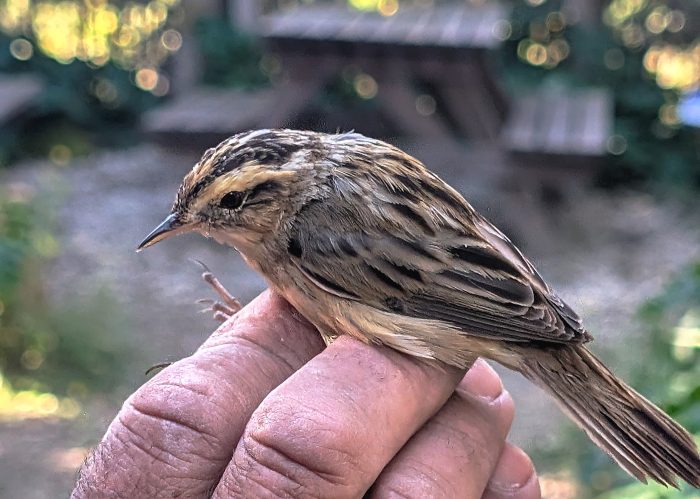
Spoonbills “allopreening“
“Preening” is a maintenance behaviour found in birds that involves the use of the beak to position feathers, interlock feather barbules that have become separated, clean plumage, and keep parasites in check. Feathers contribute significantly to a bird’s insulation, waterproofing and aerodynamic flight, therefore they are vital to its survival. Because of this, birds spend considerable time each day maintaining their feathers, primarily through preening. Using their beaks, they gather preen oil from a gland at the base of their tail and distribute this oil through their feathers. They draw each feather through their bill, nibbling it from base to tip. Although preening is primarily an individual behaviour, some species indulge in allopreening
“Allopreening” is mutual grooming, usually associated with pair bonding. Spoonbills have such long, unhandy-for-self-preening bills. In Latin, the root allo– means other. As preening refers to the movement when one bird tidies its feathers with its bill and allopreening refers to the behaviour when one bird uses its bill to tidy the feathers of another bird. This behaviour is not particularly common among birds, though species from various families are known to engage in this mutual activity. Most allopreening activity concentrates on the head and neck, a lesser amount being directed towards the breast and mantle and an even smaller percentage applied to the flanks. Several hypotheses have been advanced to explain the behaviour: that it assists in effective grooming, that it assists in recognition of individuals (mates or potential sexual partners), and that it assists in social communication, reducing or redirecting potential aggressive tendencies.
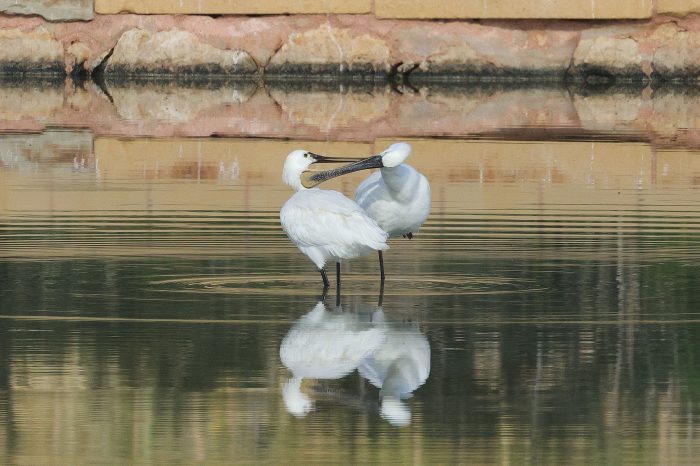

Environmental Fair at University of Malta
Our public engagement team joined the KSU (University Students’ Council) Environmental Fair at the University of Malta on April 10. We connected with many students eager to learn about our work, some interested in joining our FALKO youth group as well! It was a productive and inspiring day full of great conversations. And as always, our popular pin badges were a hit — available at all nature reserve visitor centres!
Walk for Nature 2025
Another year, another successful fundraising walk for nature! This year’s circular walk started and ended at Salina Nature Reserve, where all contributors received gifts and we held an award ceremony for our biggest fundraisers of this year. Thanks to our amazing participants, we raised €648 which will be used towards our bird rehabilitation work. Your support makes our conservation efforts possible — thank you!
Wings & Rings
On April 13, Għadira Nature Reserve hosted a public bird ringing session with over 100 participants! They received bracelet rings and worksheets for the bird they represented and even created their own “database” of birds ringed on the day. It was a fun and educational experience for all. Follow us to stay updated on more exciting events in the future!
Easter Eggsploration!
Ever received a letter from the Council of Nature? At Kennedy Grove, 70 families did, and became Nature Agents for a day! Through fun challenges and a wild scavenger hunt, they explored Maltese biodiversity and discovered just how exciting nature can be. Keep an eye out for our next events!
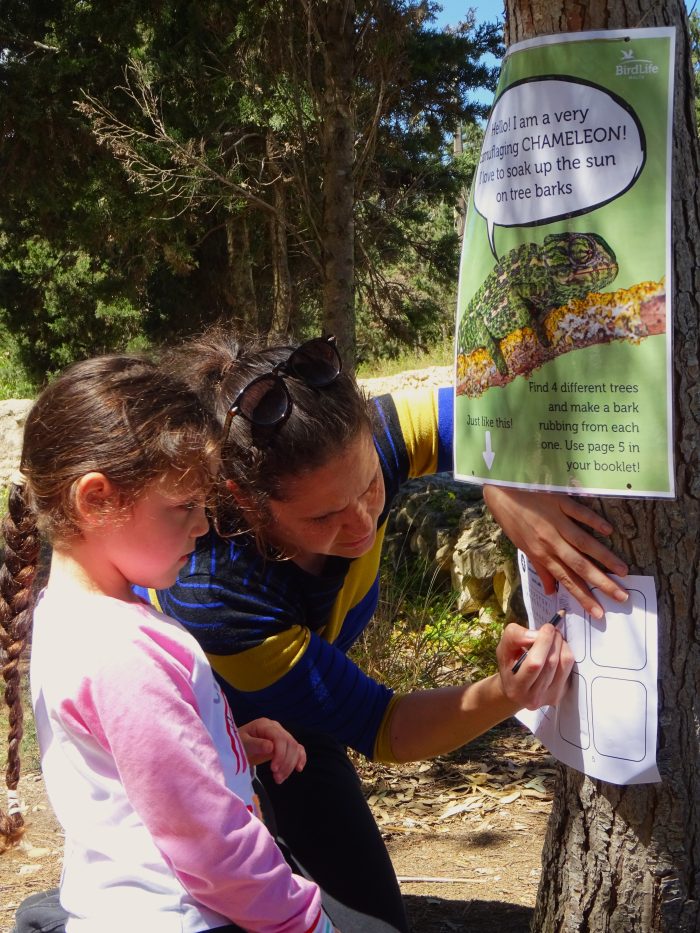
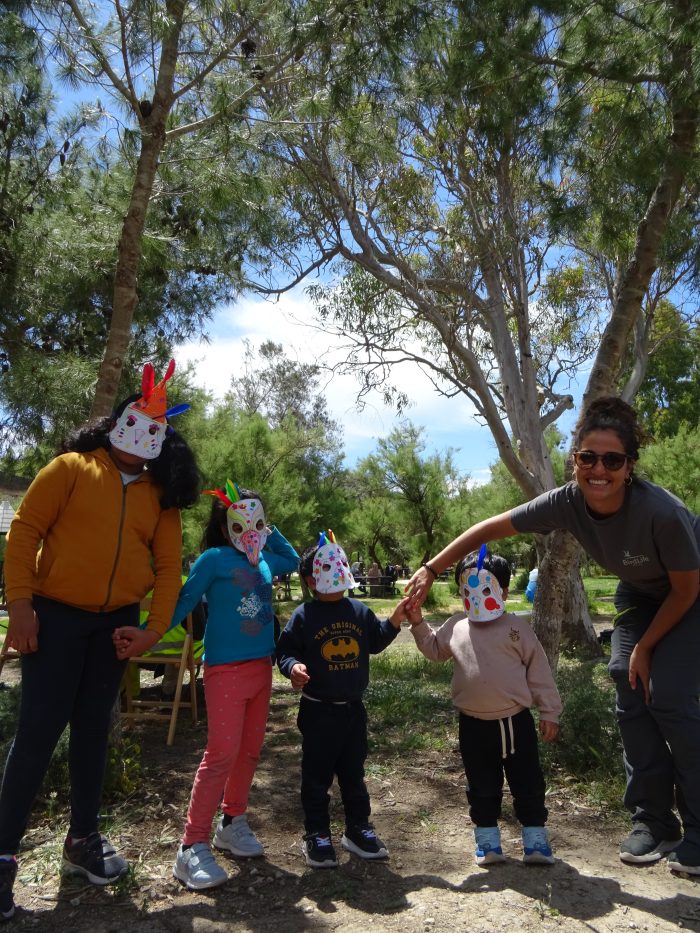
Credits
Words: Tamar Antia, David Attard, Justine Borg, Charles Coleiro, Mario V. Gauci, Filip Martinic, Sara Pontrelli, Vera Tokmakova, Davide Tomasi, Francesca Visalli
Photographs: Tamar Antia, David Attard, Martin Austad, Justine Borg, Jonathan Caruana, Charles Coleiro, Mario V. Gauci, Iñaki Leunda, Alessandra Loria, Rita Matos, Ben Metzger, Thor Micheal, Sara Pontrelli, Aron Tanti, Vera Tokmakova, Martha Walter
Editing: Nadia Sodano

